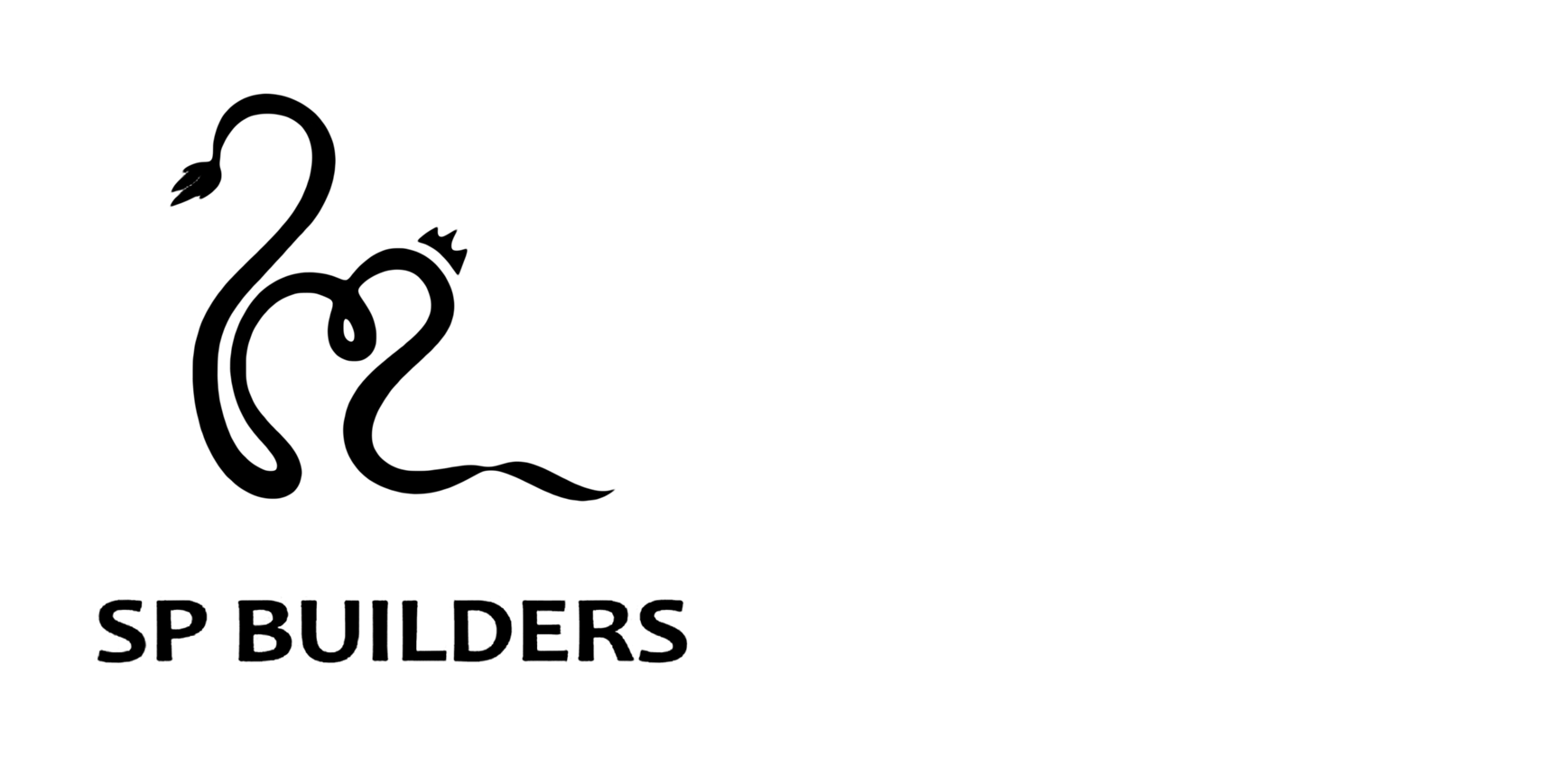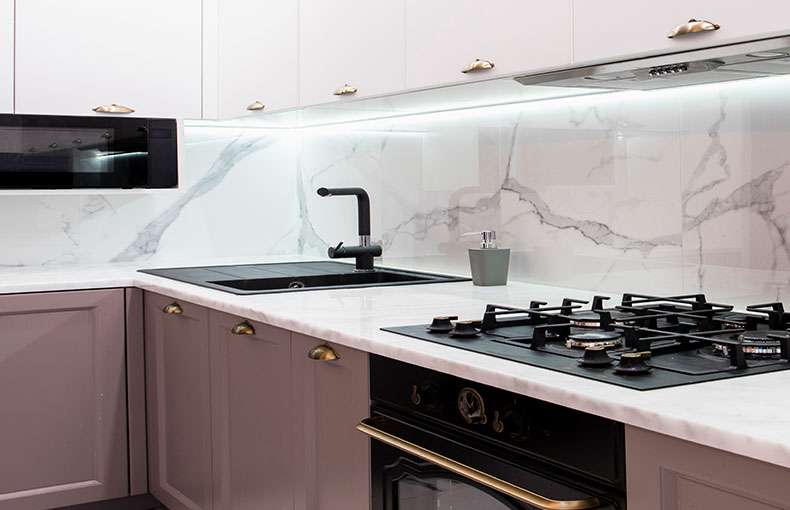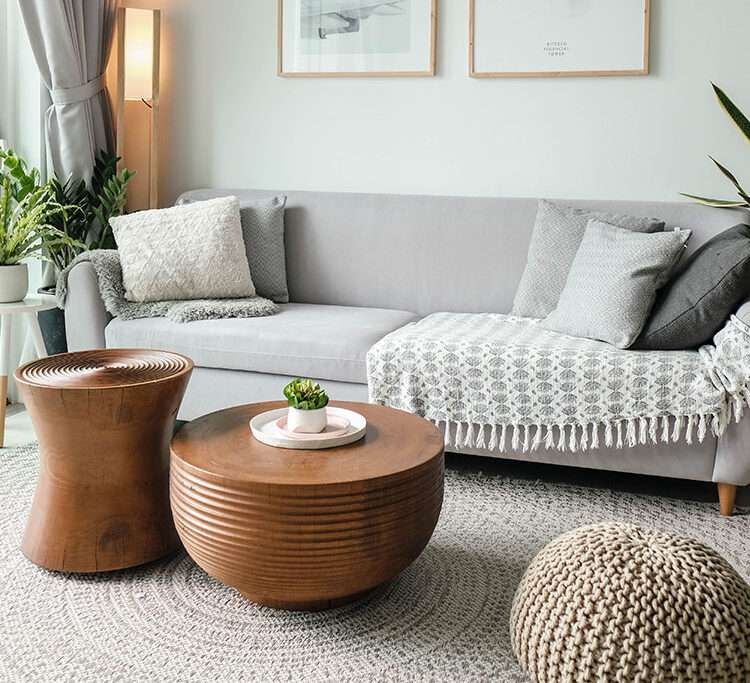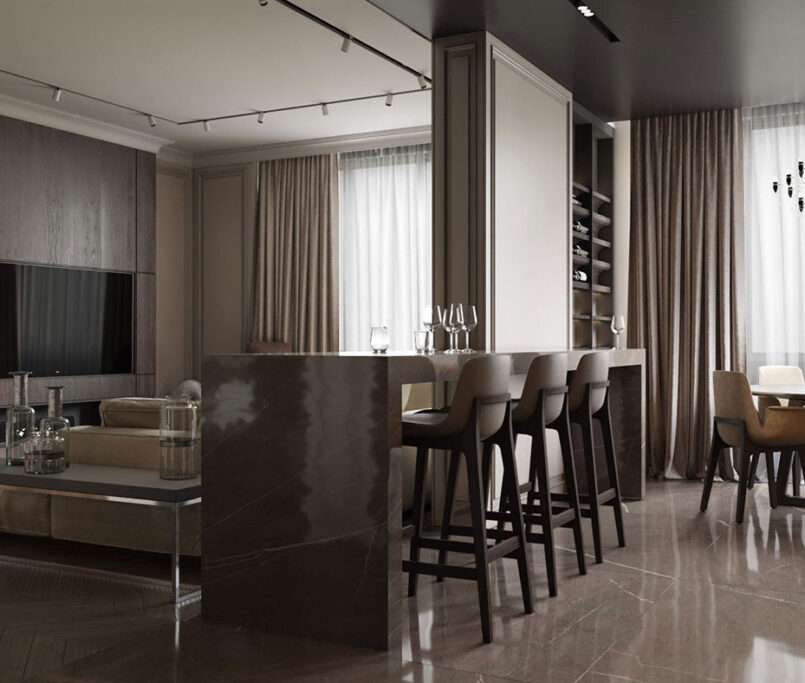Top Trends in Residential Design: Making Your Home a Modern Sanctuary
1. Embracing Biophilic Design: Bringing Nature Indoors
Nature-inspired design, known as biophilic design, is increasingly popular as people seek the calming influence of the natural world in their homes.
- Incorporate Plants and Greenery: Adding greenery like indoor plants, vertical gardens, or even green walls can bring life into any space.
- Natural Materials: Wood, stone, and bamboo help create a warm, inviting environment.
- Maximize Natural Light: Large windows, skylights, and glass doors brighten spaces, boosting mood and energy.
Tip: For rooms with limited natural light, try adding mirrors or light-colored decor to amplify brightness.
2. Sustainable and Eco-Friendly Design Choices
Sustainability has become a priority in residential design, with a focus on environmentally friendly materials and energy-efficient solutions.
- Recycled and Sustainable Materials: Opt for reclaimed wood, recycled metal, and eco-friendly fabrics to reduce environmental impact.
- Energy Efficiency: Install energy-efficient appliances, lighting, and windows to save on energy costs while reducing your carbon footprint.
- Water Conservation: Consider water-saving fixtures, rainwater harvesting, or a greywater system to promote eco-conscious living.
Tip: Bamboo and cork are renewable materials that add a unique texture to floors and furniture.
3. Open Floor Plans with Defined Spaces
Open floor plans remain popular, but with a twist: homeowners are creating zones within these spaces for a balance between openness and intimacy.
- Furniture Arrangement: Use furniture like sofas or bookshelves as dividers to define areas within open spaces.
- Multi-Functional Spaces: Design rooms that serve multiple purposes, such as a living room with a reading nook or a home office corner.
- Sliding Doors or Glass Partitions: These allow for flexible privacy without sacrificing the open feel of a room.
Tip: Area rugs are an effective way to visually separate spaces while adding warmth.
4. Minimalism Meets Comfort: Soft, Inviting Aesthetics
Minimalism continues to influence modern homes, with a shift towards comfort-oriented simplicity.
- Neutral Color Palettes: Soft hues like beige, cream, and light gray create a calm and inviting ambiance.
- Textured Fabrics and Warm Accents: Use plush throws, textured pillows, and woven rugs to add depth and warmth.
- Clutter-Free Spaces: Minimalist design encourages decluttering, making it easier to create a space that feels spacious and serene.
Tip: Add a few personal items and artwork to make minimalist spaces feel more homey and personal.
5. Smart Home Technology Integration
Smart home technology enhances convenience and comfort, making it easy to control lighting, security, and temperature with just a tap.
- Voice-Controlled Assistants: Devices like Amazon Alexa or Google Assistant allow you to control your home hands-free.
- Smart Thermostats and Lighting: Adjust lighting and temperature remotely for efficiency and comfort.
- Home Security Systems: Modern security solutions include cameras, smart locks, and alarms, offering peace of mind.
Tip: Choose technology that integrates seamlessly with your lifestyle rather than overwhelming the design.
6. Personal Wellness Spaces
Homeowners are dedicating spaces for personal well-being, creating mini sanctuaries within the home.
- Meditation and Yoga Corners: Simple setups with a mat, soft lighting, and greenery can create a peaceful area for relaxation.
- Home Gym or Workout Nook: Design a corner or a small room with weights, mirrors, and fitness equipment.
- Spa-Like Bathrooms: Upgrade bathrooms with rainfall showers, deep tubs, and calming colors for a spa-like feel.
Tip: Incorporate scented candles, essential oils, or a small speaker for relaxing music to elevate your wellness space.











